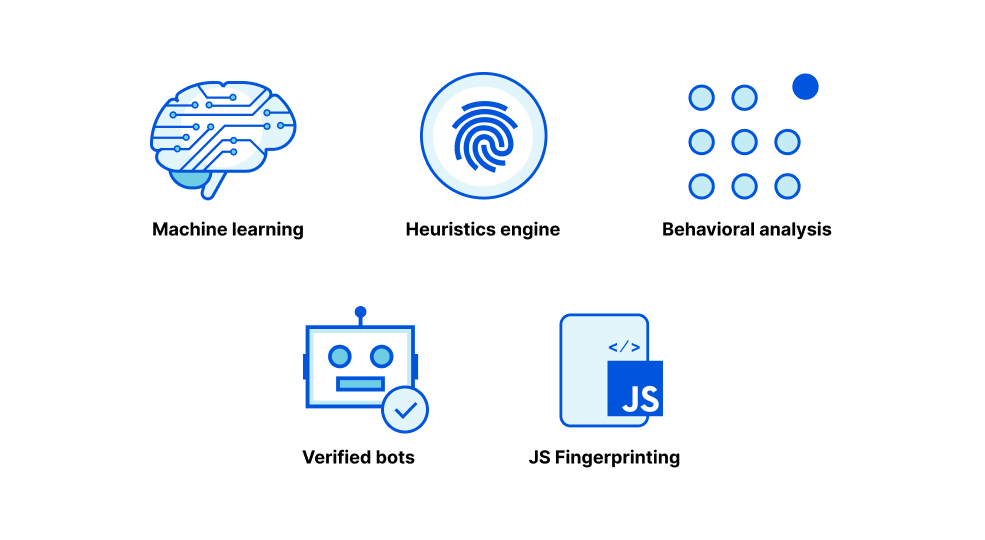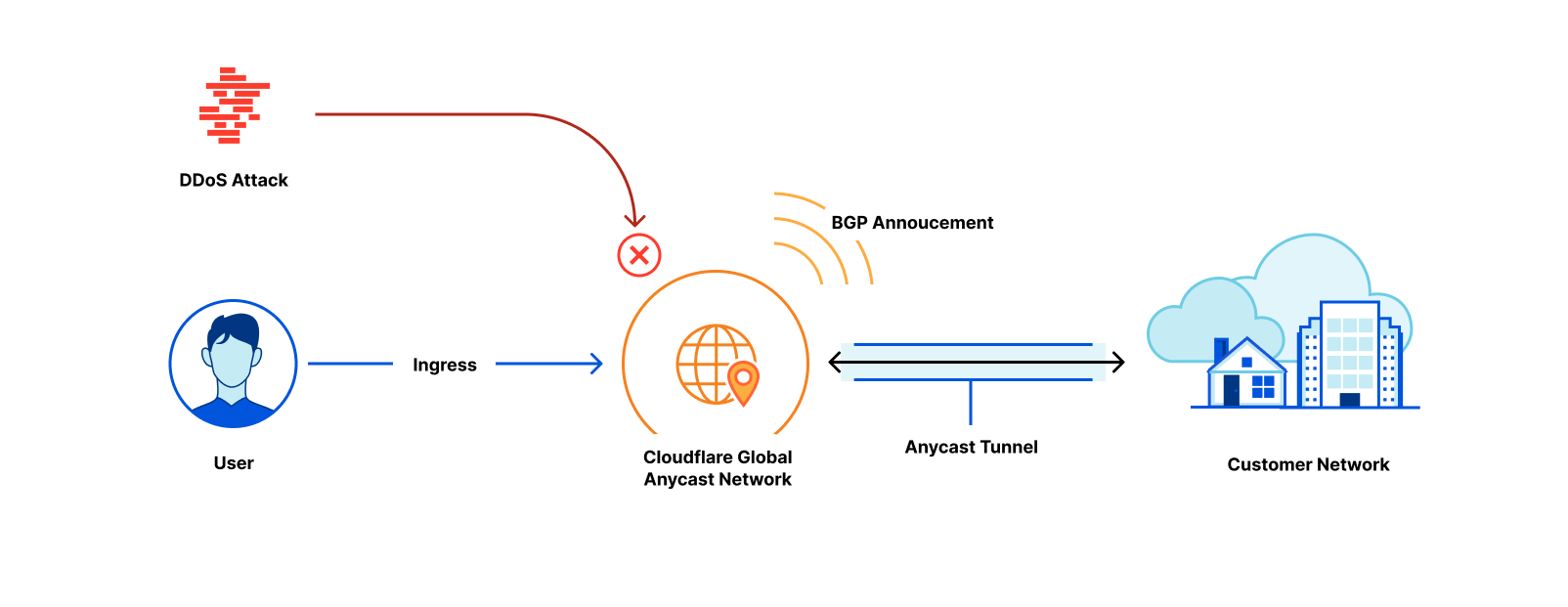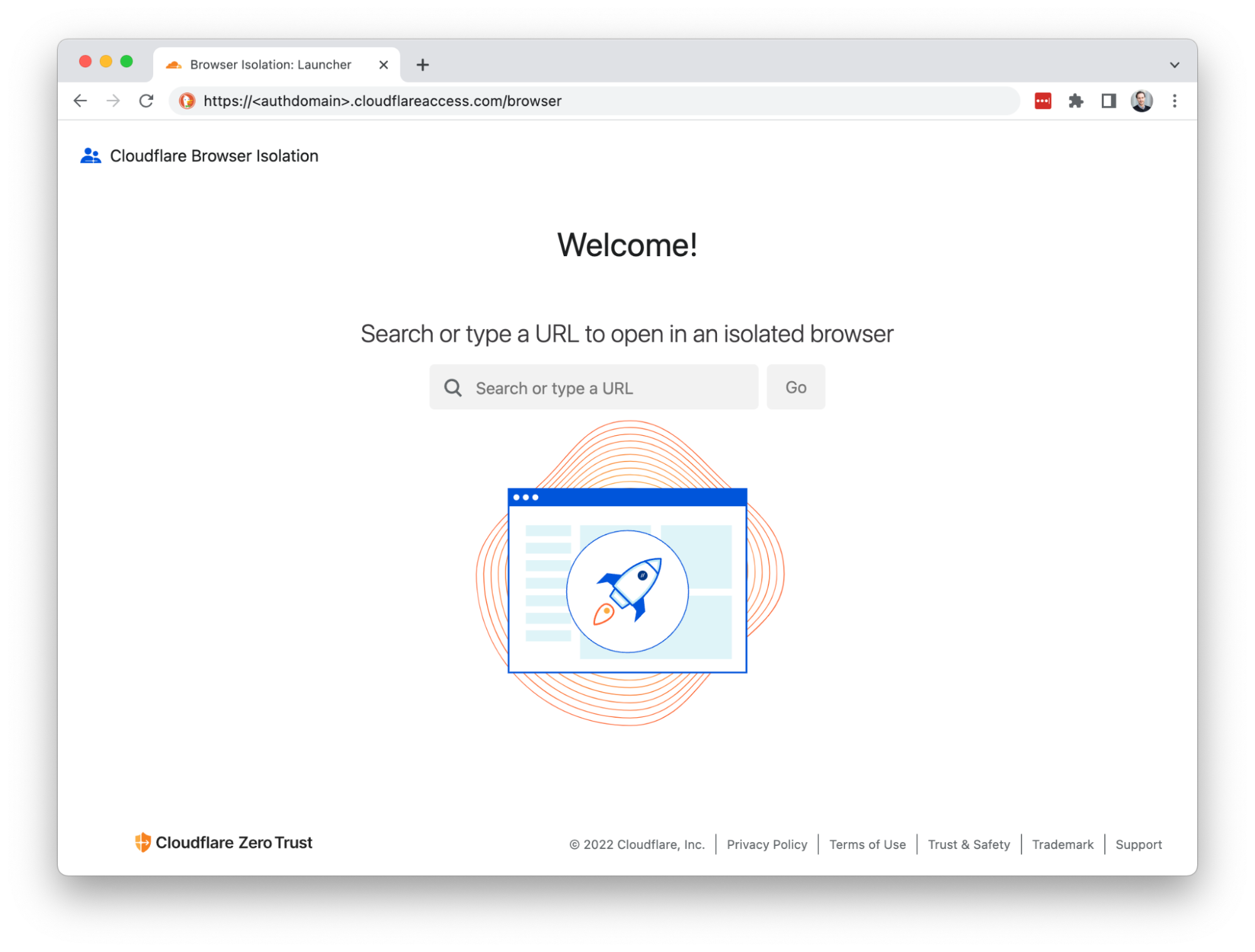Capturing Bird Photos
Continuing from the previous post which I have set up to install a bird feeder, I have mentioned that I would install a camera based on the https://mynaturewatch.net/daylight-camera-instructions project and I did install it, this took some really good photos and would like to share some of them.
Few points:
- The battery that I used is a 10000mAh power-bank and it lasted for 2-3 days
- The box that I used is a baby food box and I nailed them to the boundary wooden poles from inside.
- This Bird Feeder is not the one I 3d Printed, this is an old bird feeder that someone gave it to me



Glad to see these pics, many more to come with Idea to install and make it sustain through solar power
-Rakesh
















